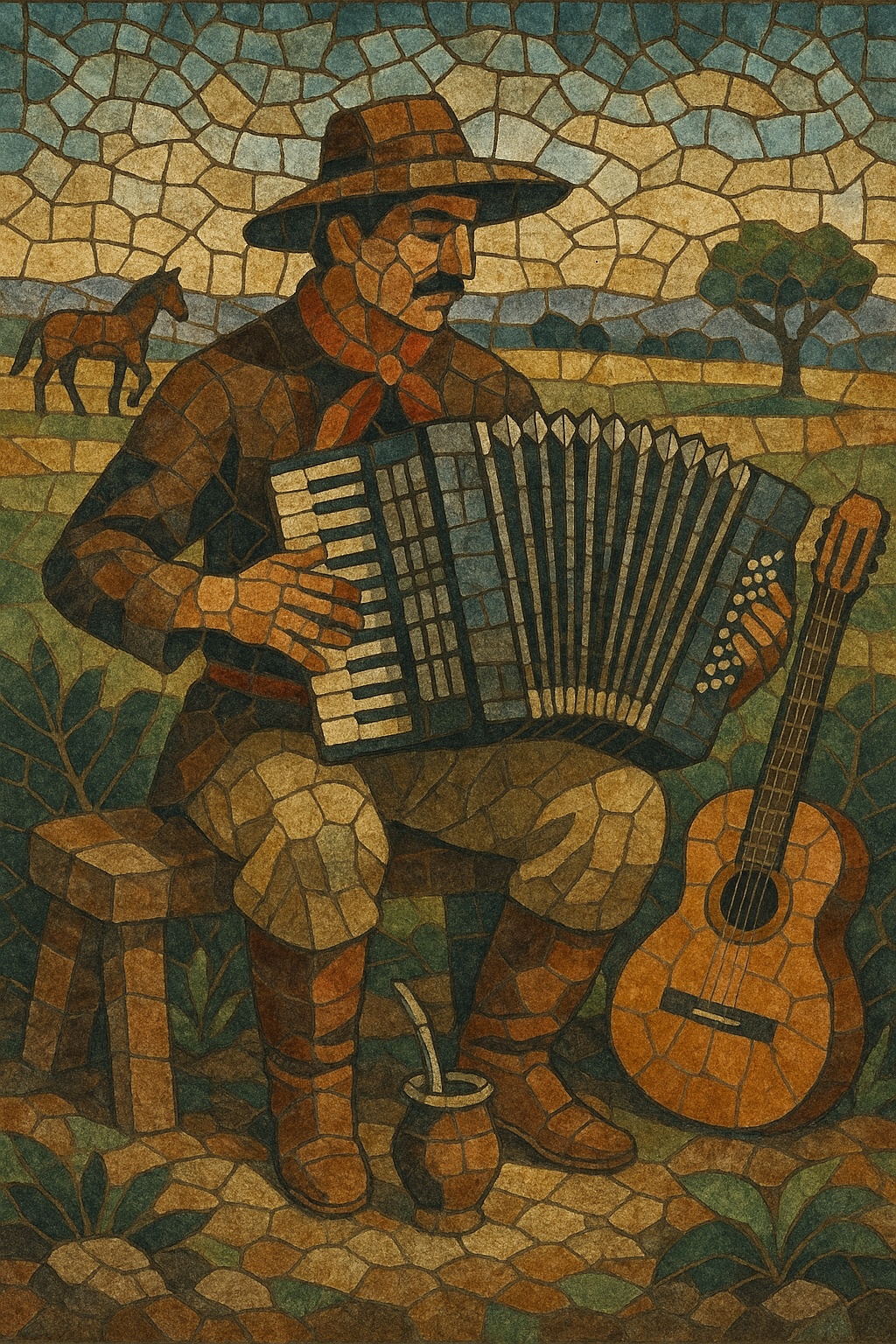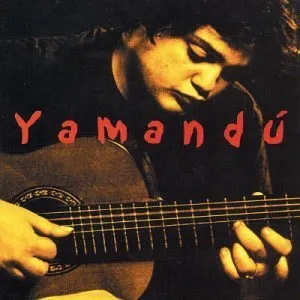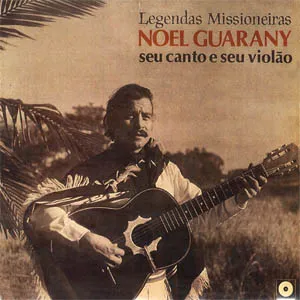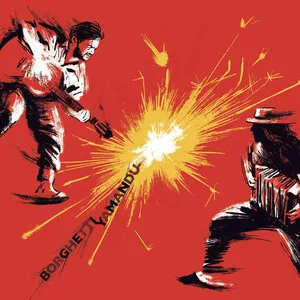Música gaúcha is the traditional and popular music associated with the gaúcho culture of Rio Grande do Sul, in southern Brazil. It draws on the shared Pampa heritage with neighboring Argentina and Uruguay, blending dance rhythms such as vaneira/vanerão, xote (schottische), milonga, chamamé, bugio, and fandango.
The style foregrounds accordion (gaita-ponto/accordion) and guitar, with simple, dance-led harmonies and strong, memorable melodies. Lyrics celebrate rural life, horseback culture, chimarrão (mate), the open plains, regional identity, and nostalgia for the campo, often using local vocabulary and occasional Spanishisms.
While rooted in folk tradition, música gaúcha has developed a vigorous professional scene with dance bands, festival circuits, and virtuoso instrumentalists, making it both a living heritage and a contemporary, dance-floor-ready genre.
Música gaúcha emerges from the pastoral culture of the Pampa shared by southern Brazil, Argentina, and Uruguay. During the 19th and early 20th centuries, European immigration and cross-border exchange brought polka and schottische (locally xote), while regional forms such as milonga, chamamé, and payada, along with Azorean-influenced fandango/chamarrita, took root in Rio Grande do Sul.
By the 1950s, pioneers like the Irmãos Bertussi were recording accordion-led dance music that set the template for the modern style. In the 1960s, figures such as Teixeirinha carried gaúcho themes to national audiences through radio, records, and cinema, helping to codify the genre’s lyrical focus on rural life and regional pride.
The 1970s saw the rise of the Nativist Movement and influential festivals such as the Califórnia da Canção Nativa (founded in 1971 in Uruguaiana) and the Coxilha Nativista (from 1981), which encouraged original songwriting grounded in tradition. Dance bands like Os Serranos and Os Monarcas helped standardize baile repertoires with vaneira/vanerão, xote, and bugio.
Through the 1980s, virtuoso instrumentalists such as Renato Borghetti brought international attention to the gaita-ponto (button accordion). The 1990s introduced a pop-leaning branch (often called Tchê Music) that adapted gaúcho rhythms to contemporary production and larger stages, while the nativista scene continued to thrive in festivals and regional circuits.
Today música gaúcha spans traditional baile groups, songwriter-focused nativista artists, and crossover acts. Festivals remain central to career development, and the core dance rhythms continue to define social life across the South. Viral hits and renewed interest in regional identity have brought new audiences, while the genre retains its emblematic instruments, dance functions, and storytelling ethos.








